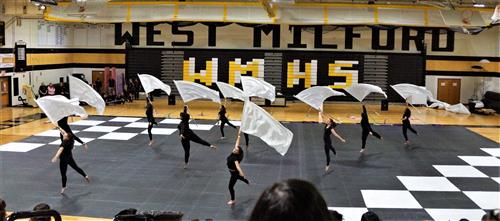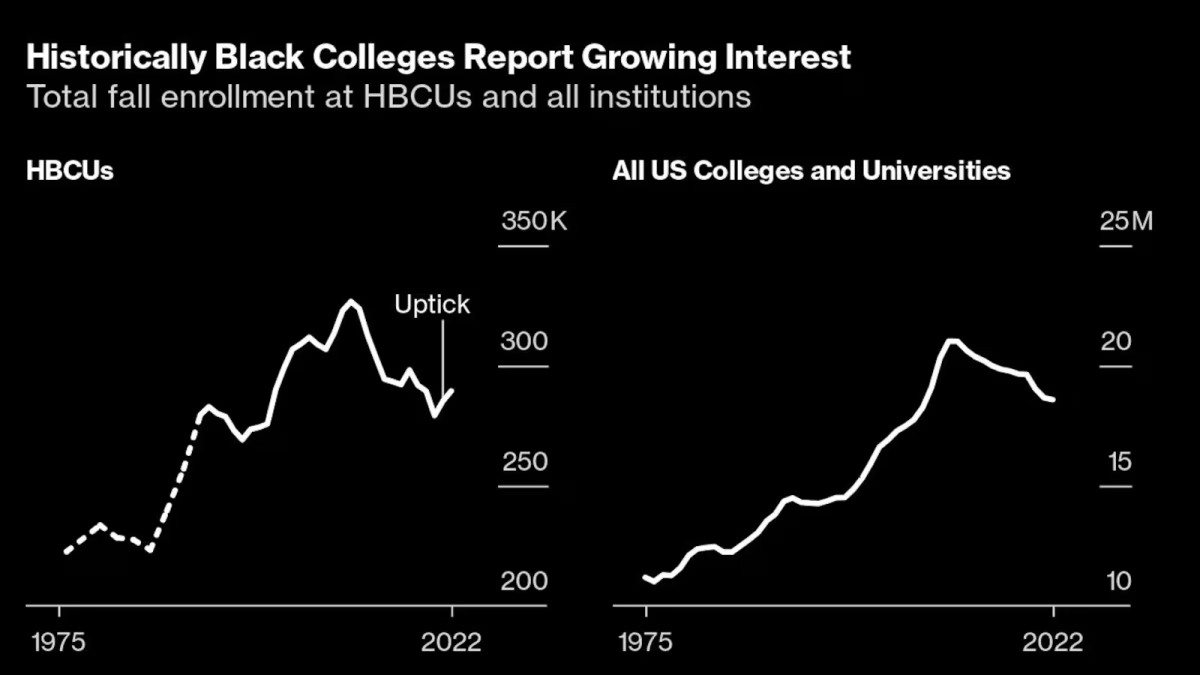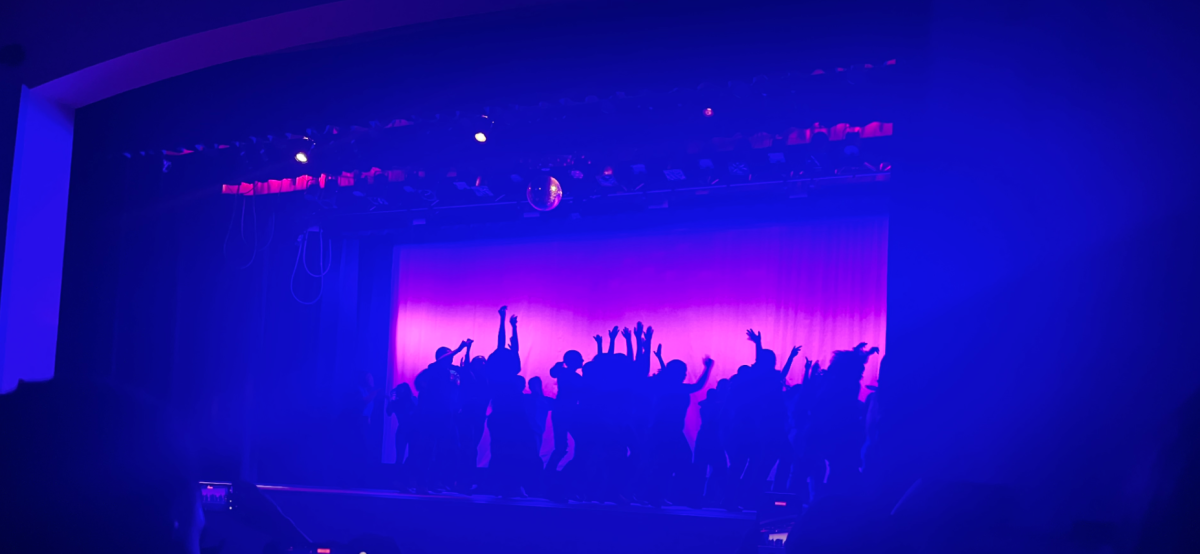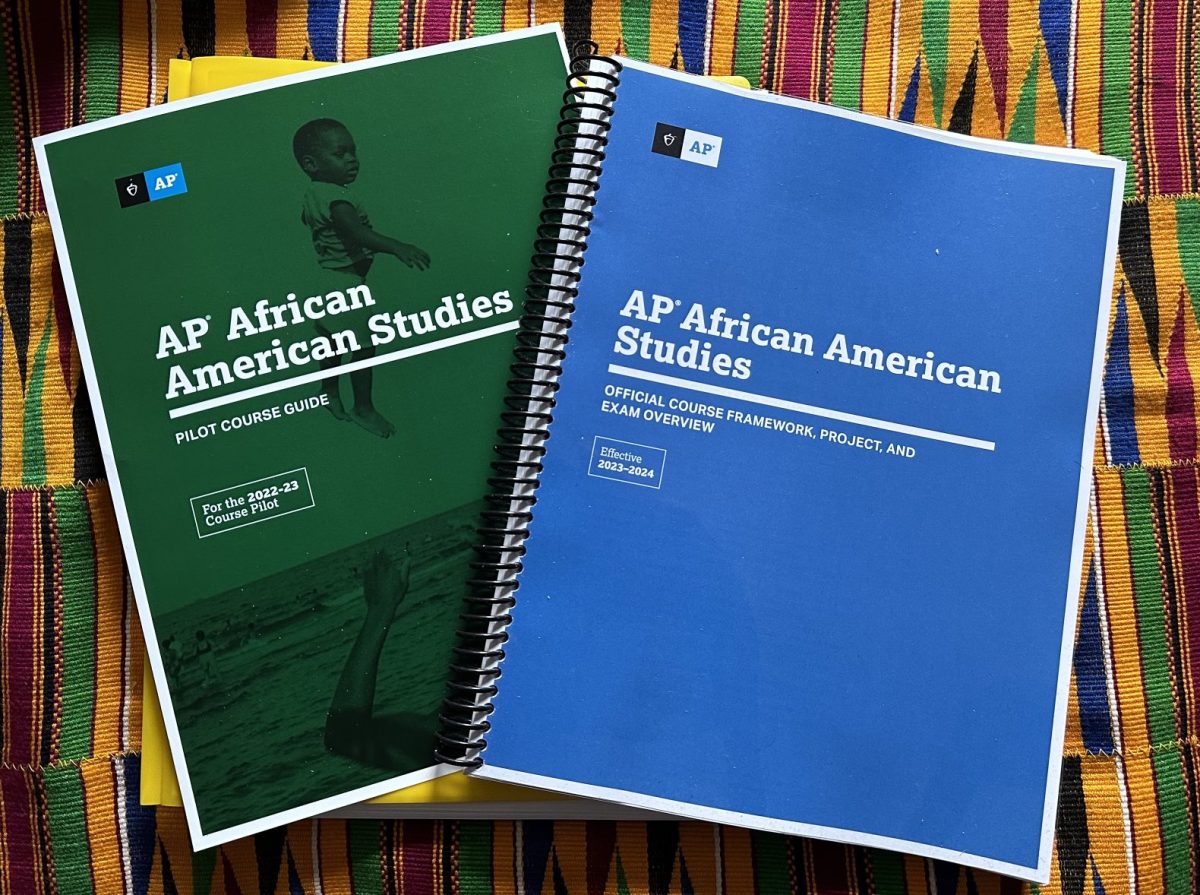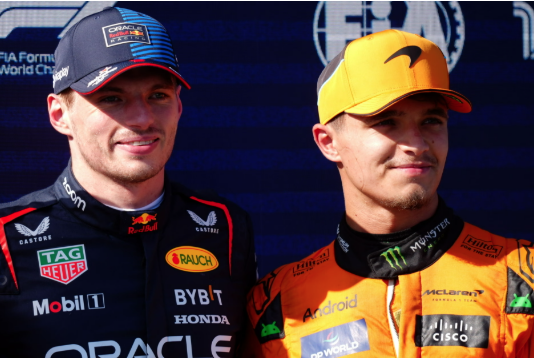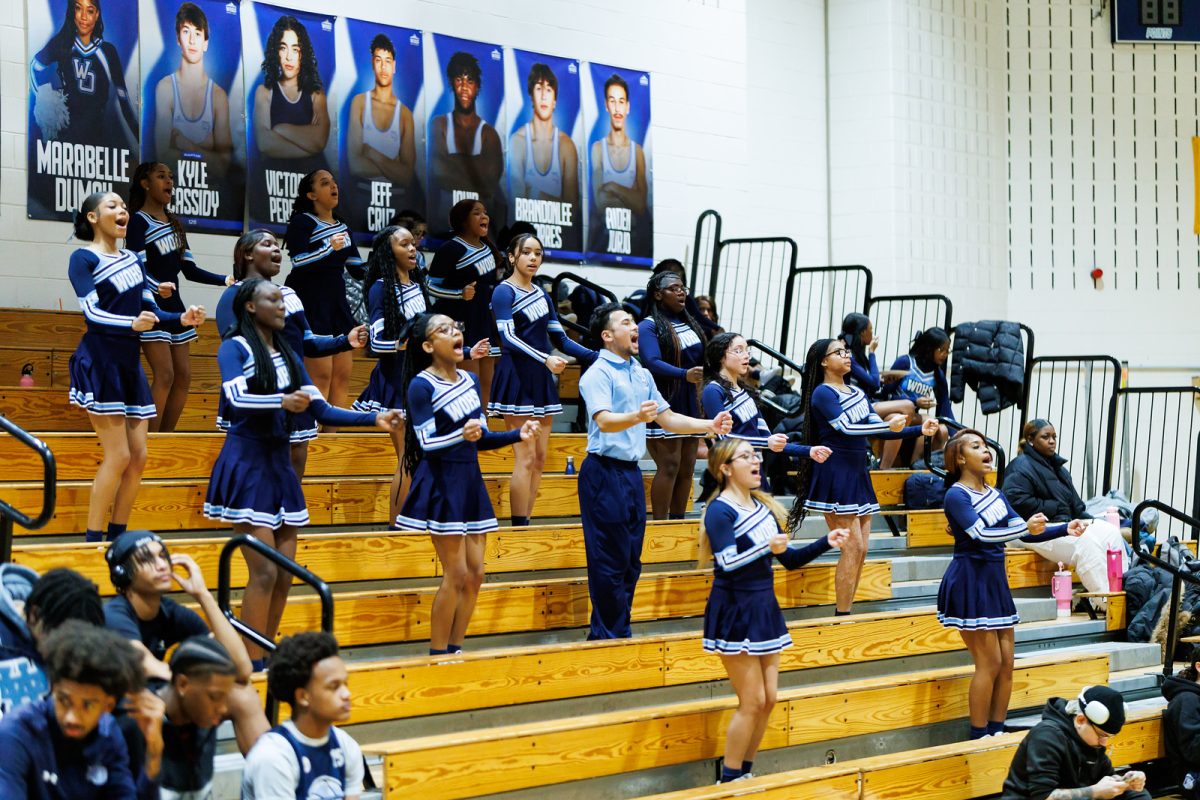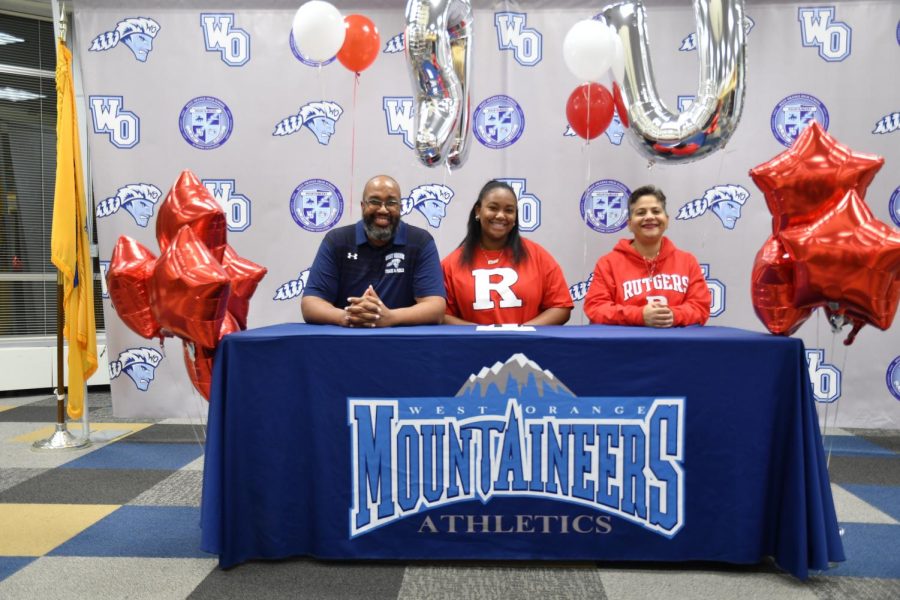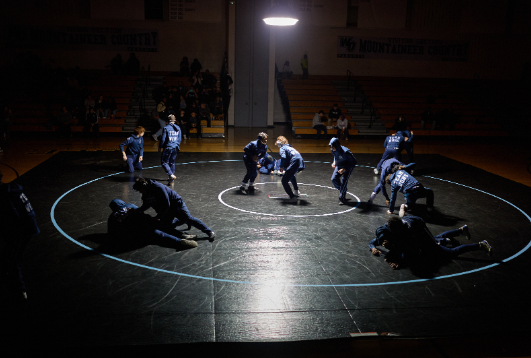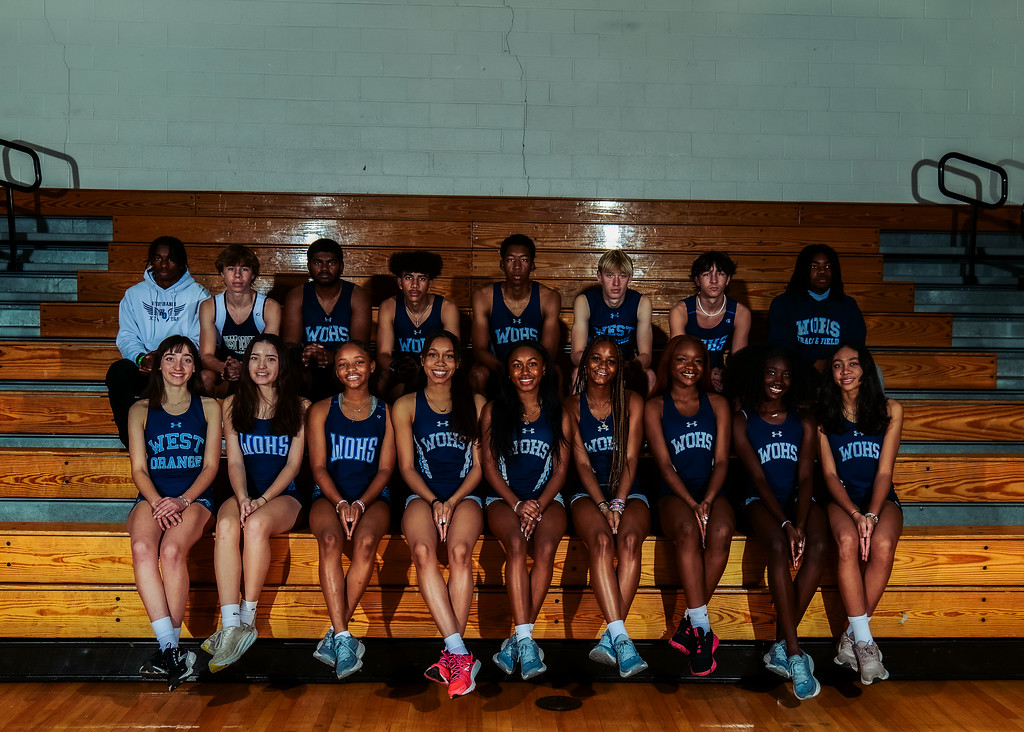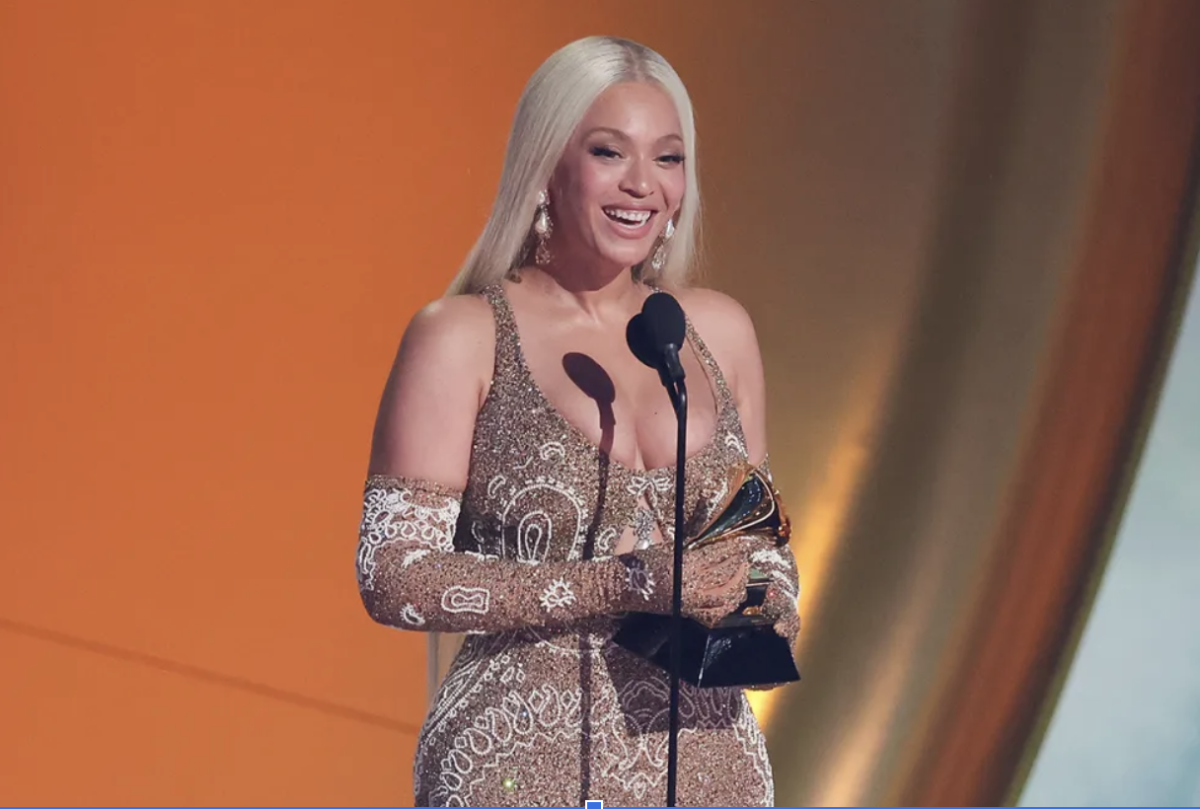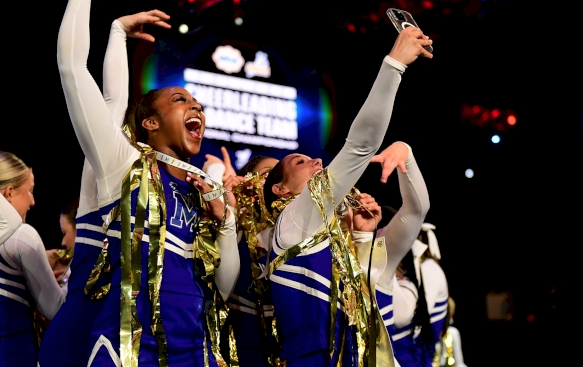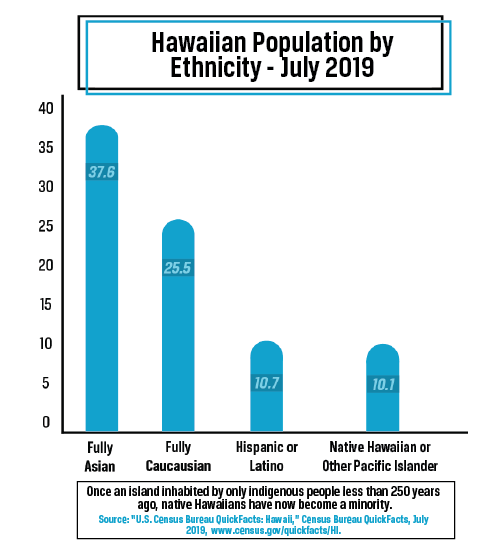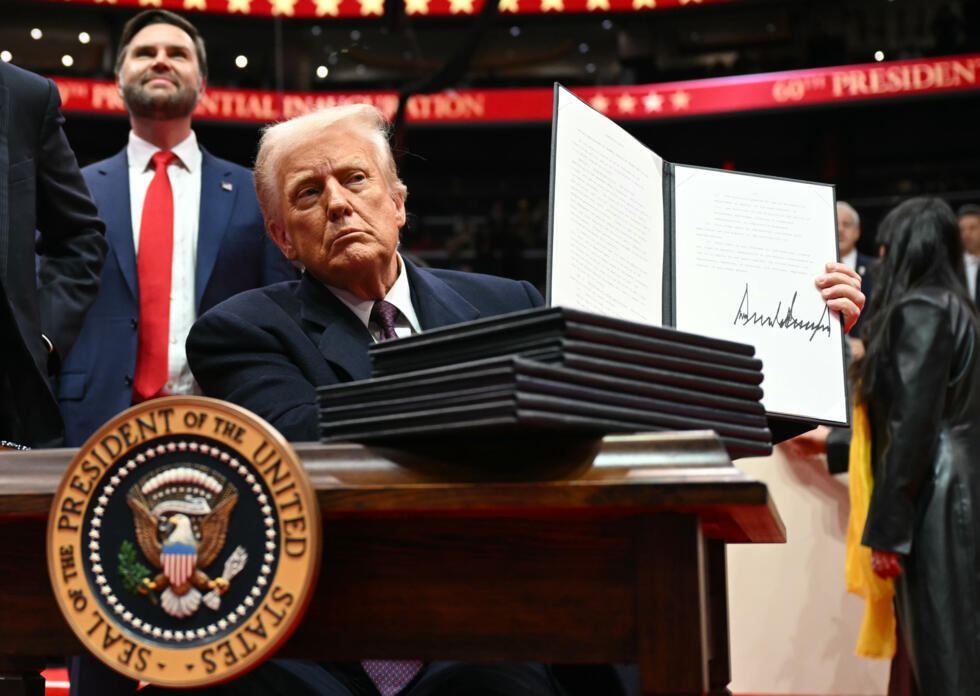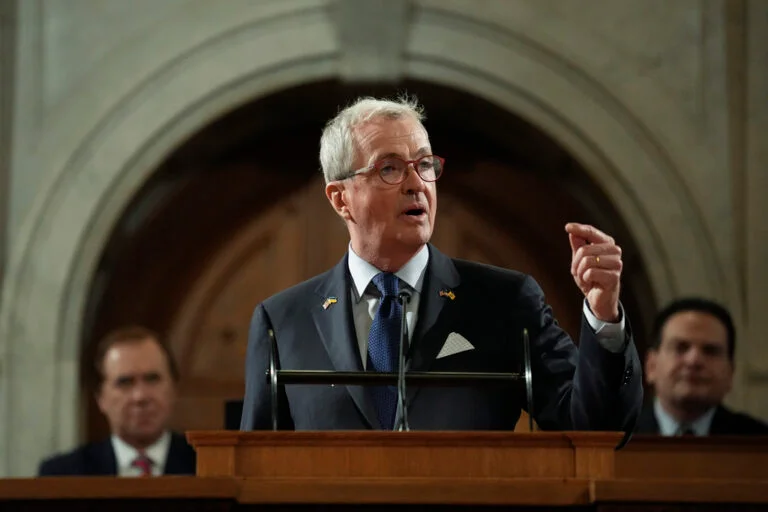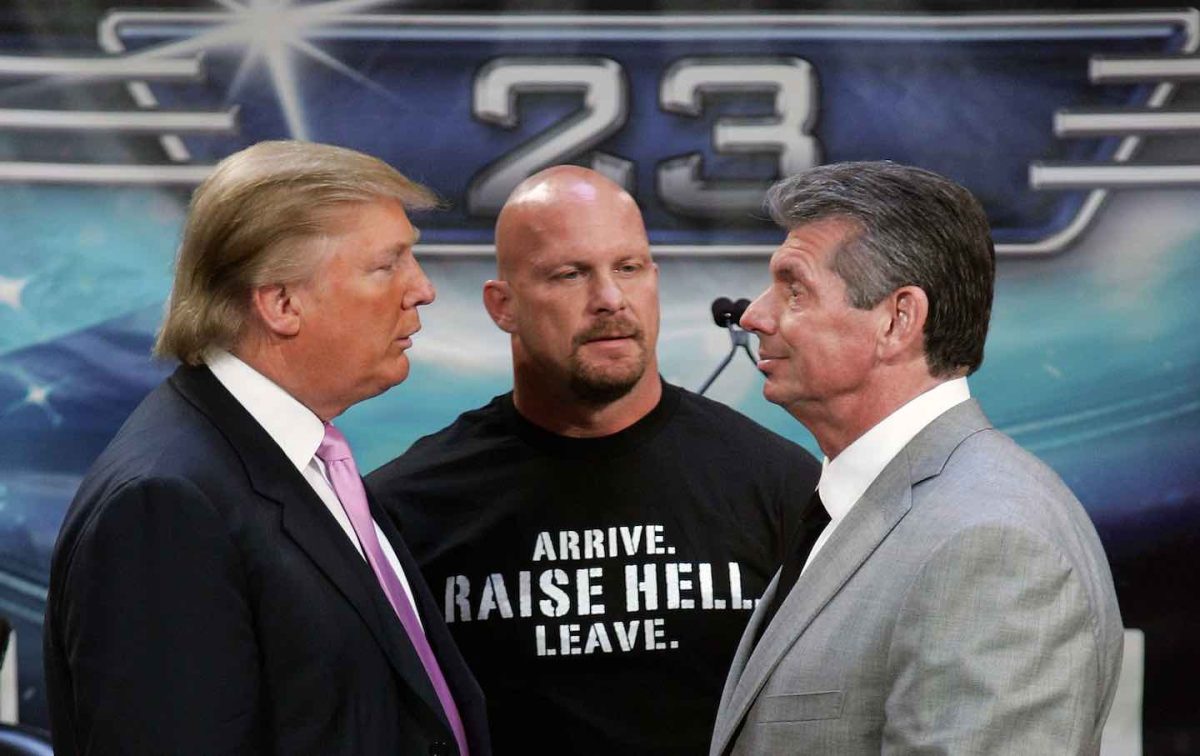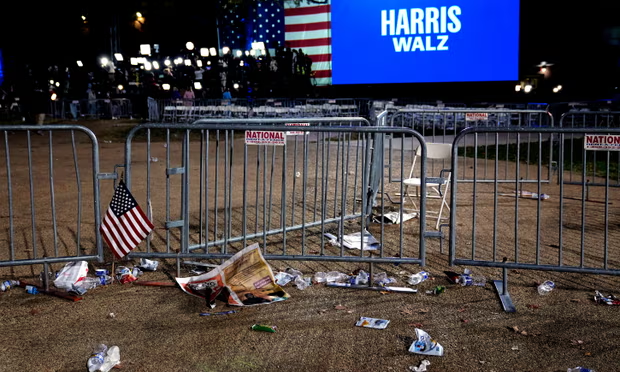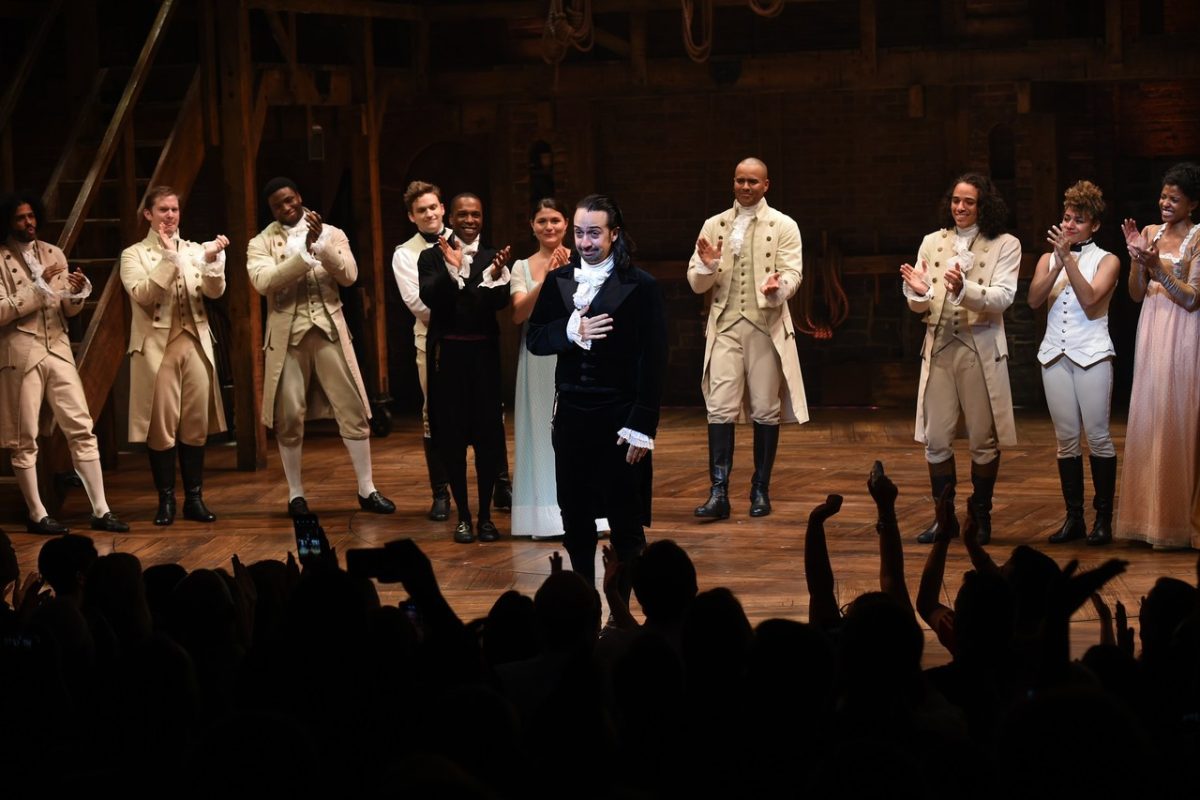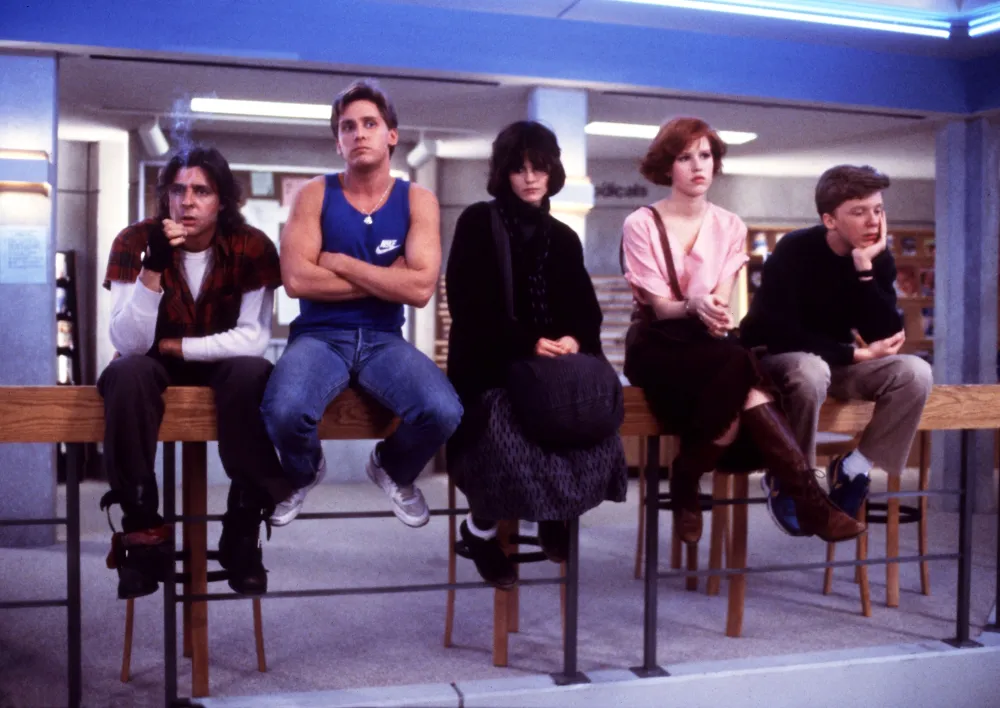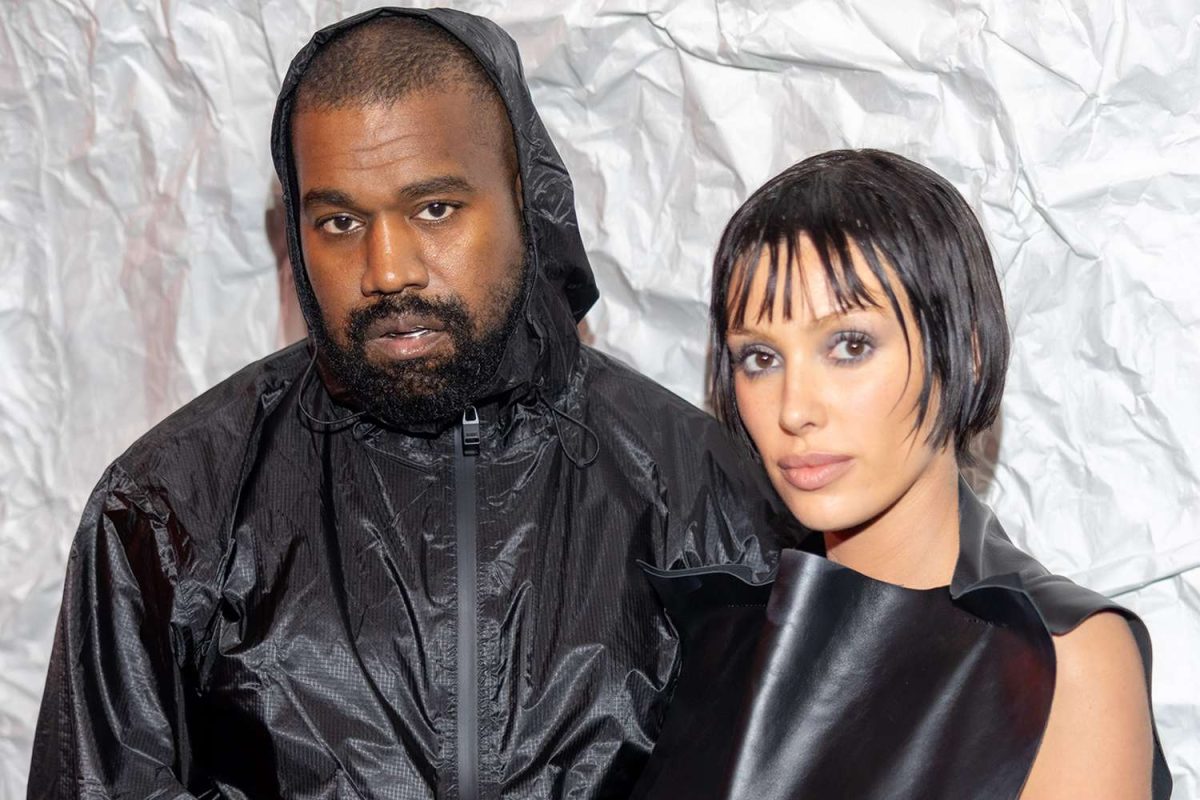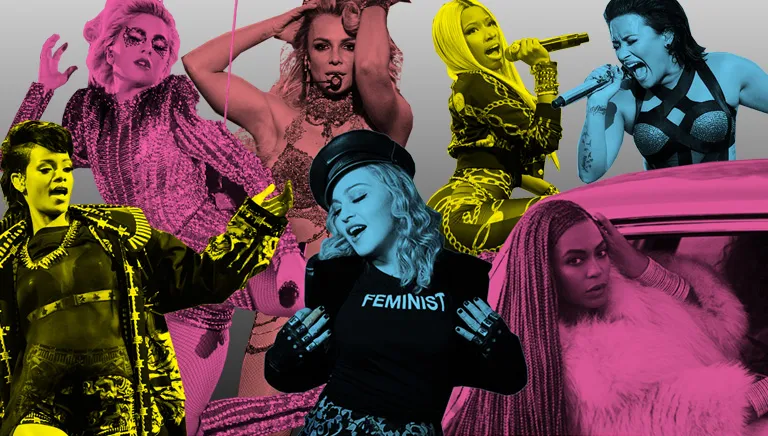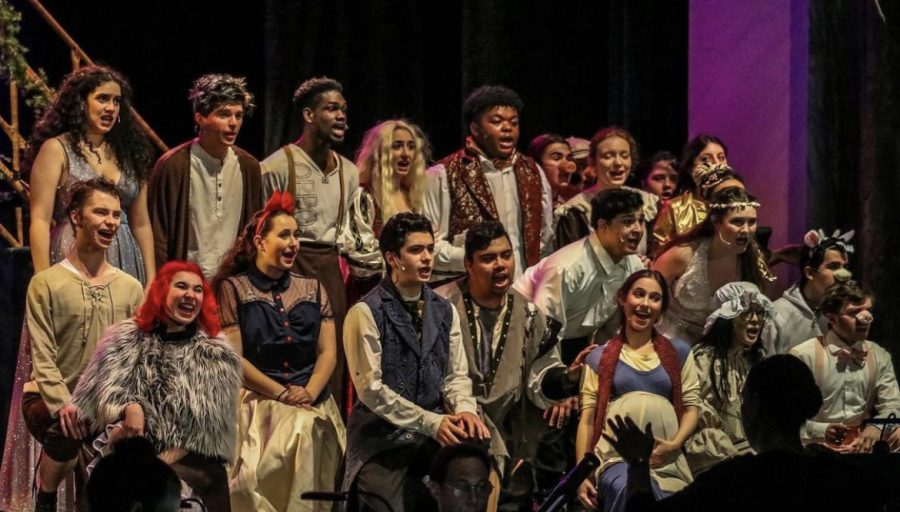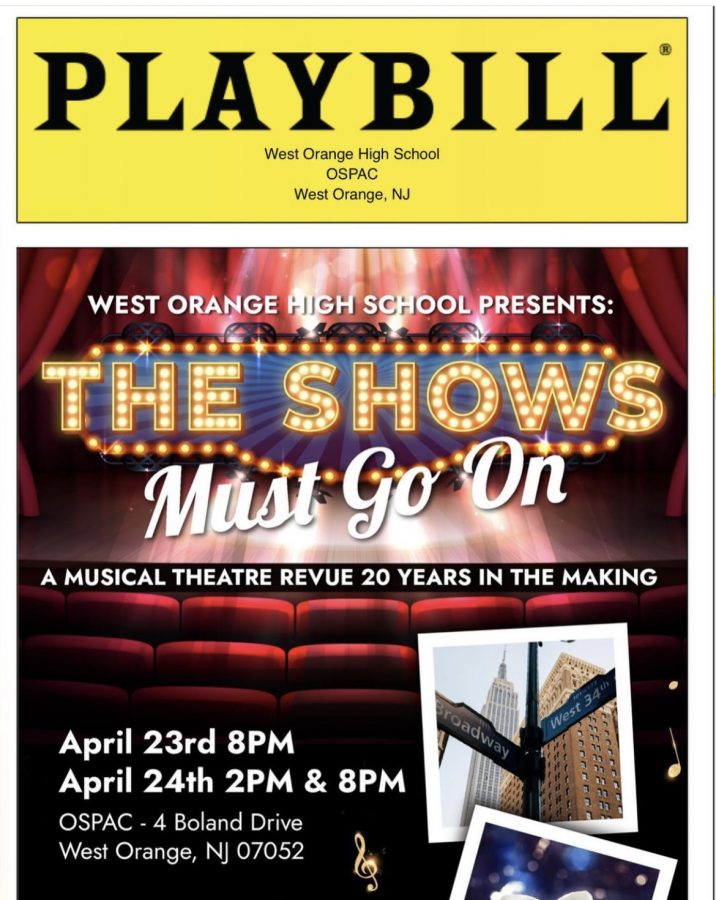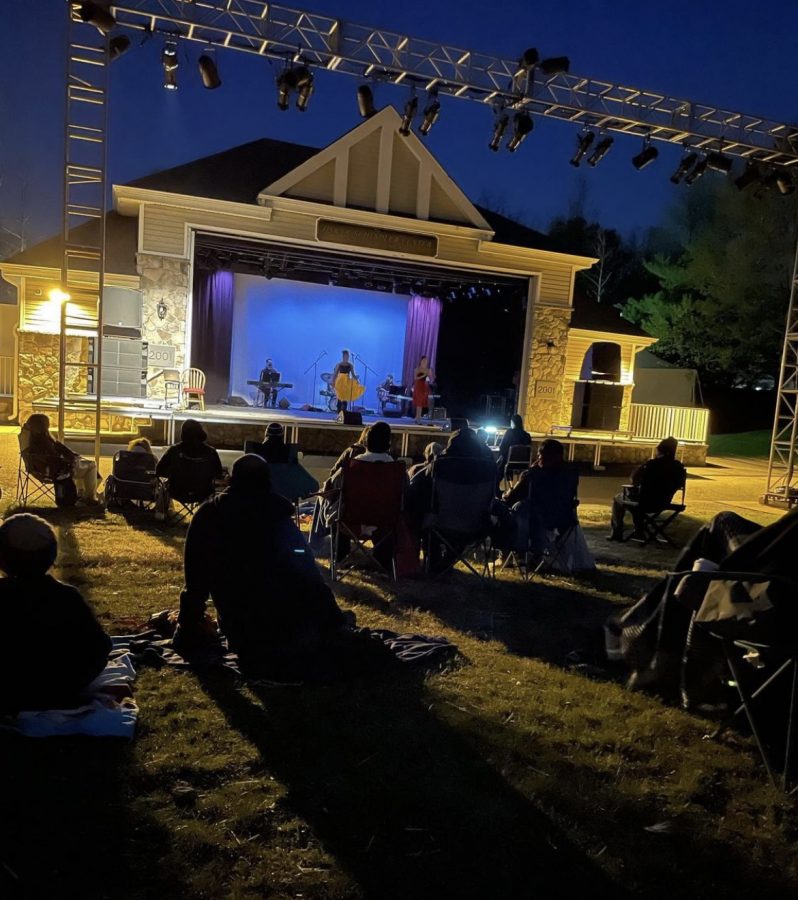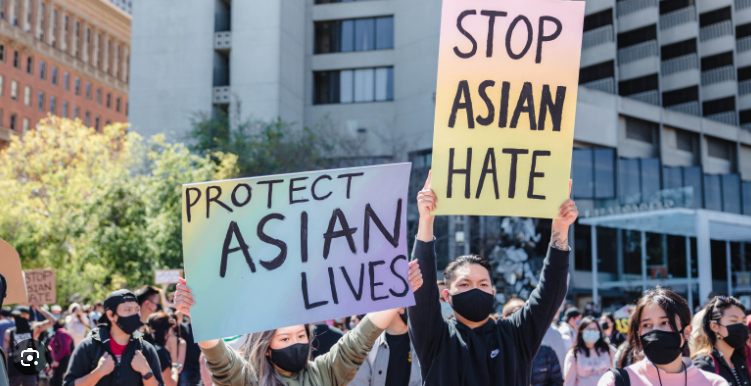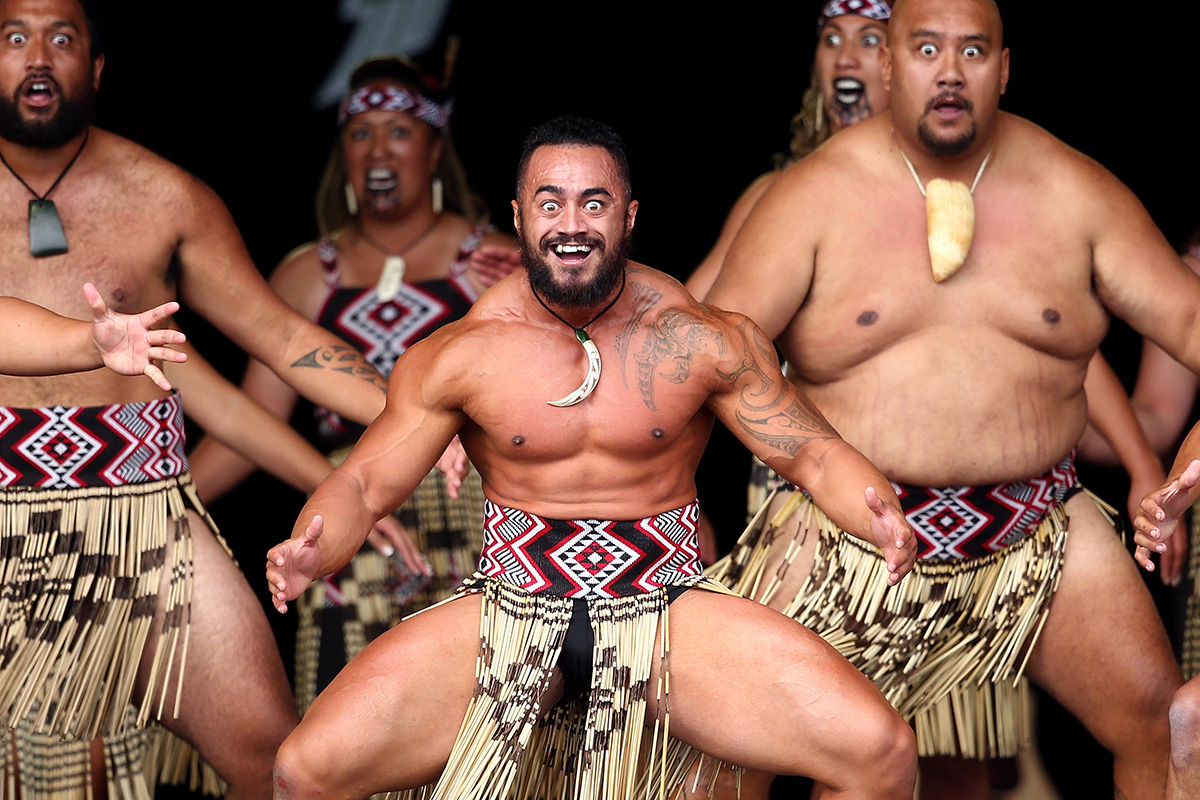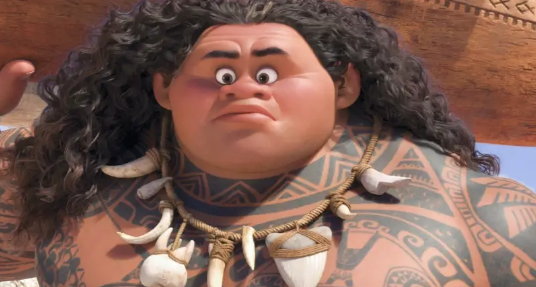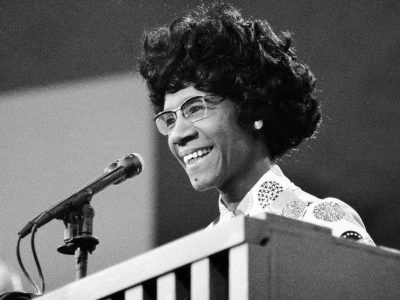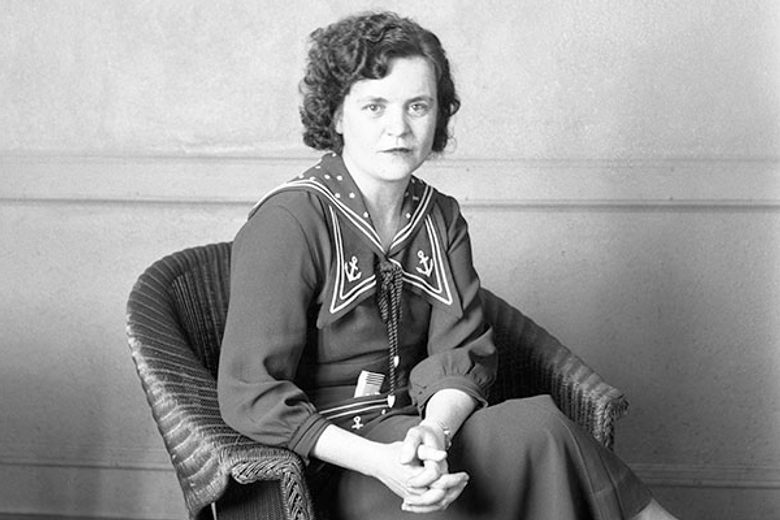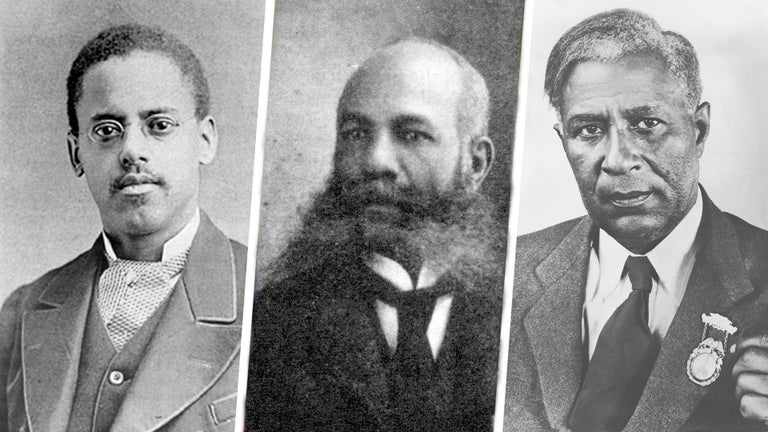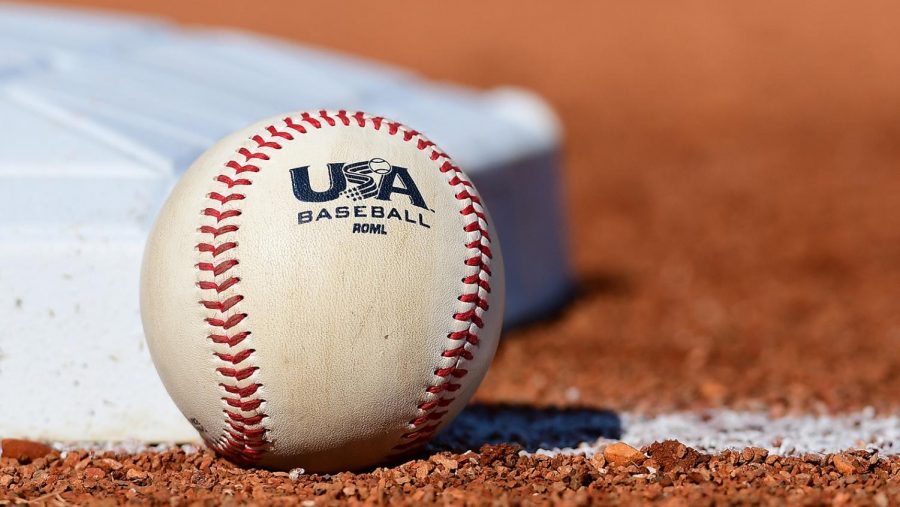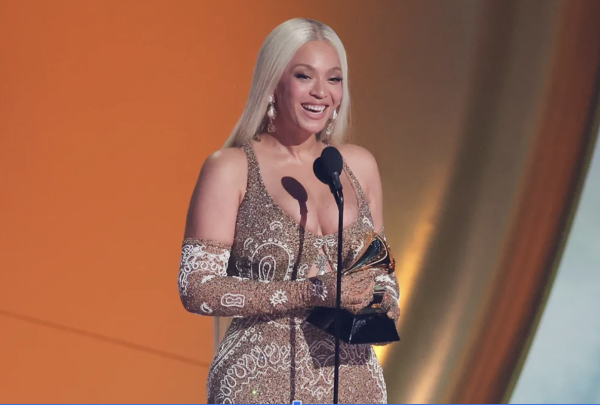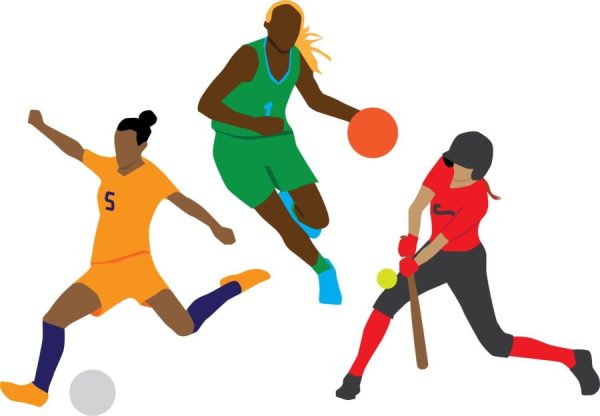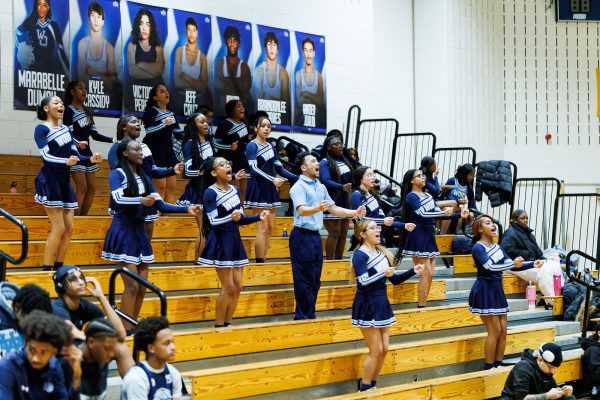Why Are Baseball Players Given Such Lucrative Contracts?
In this offseason alone, three of the largest contracts in MLB history have been shelled out. Manny Machado, Bryce Harper, and Nolan Arenado are just three of the newest members of the ever growing MLB super contract club, with Harper’s 13 year $330 million being the richest in history.
Some of the most lucrative contracts in sports are held by baseball players, so why is it that they get so much money?
To give you some background, the four richest contracts in MLB history have all been signed within the last three years, with three being signed just this offseason. All of these contracts offer more than $250 million in guaranteed money. For comparison, the largest contract in the NBA right now is Stephen Curry’s, with only $166 million in guaranteed money, and the largest contract in the NFL is Matt Ryan’s $150 million deal, with $100 million of that guaranteed.
One large reason for this is the implementation of a salary cap in leagues such as the NBA and NFL. Similar to the other leagues, the MLB has a luxury tax for teams who pass a certain threshold, but big market teams such as the Yankees and Dodgers are routinely willing to exceed said threshold in order to sign marquee free agents.
The NFL requires 52 men per team under a $188.2 million salary cap. Baseball teams have 25 players on their roster for majority of the season, and in 2018 four teams surpassed that cap alone.
Additionally, baseball contracts are fully guaranteed, unlike NFL contracts. This means that players are promised the full amount regardless of whether they get cut. In addition to this, baseball is much easier to quantify than other sports. The Phillies can afford to sign Bryce Harper for the next 13 years without running the risk of his play drastically dropping off in year two. On the other hand, the same cannot be said for a star receiver once he leaves his quarterback.
The most plausible reason though is most likely the amount of games played. The MLB season sees each team play 162 games. That is a massive amount of regional and national coverage for sports networks. Though MLB’s postseason TV ratings often draw negative comparisons to their counterparts in other sports, 12 different MLB teams provided the top-rated prime-time programming in their markets this summer, according to a Forbes report.
